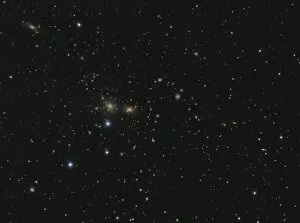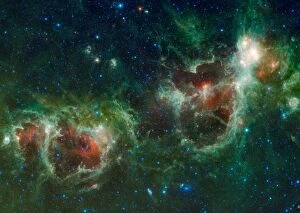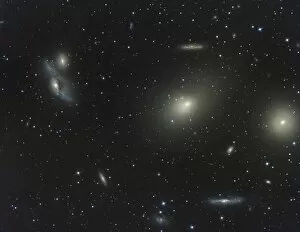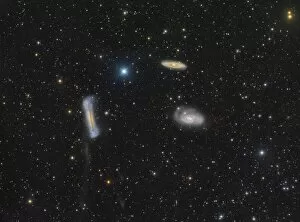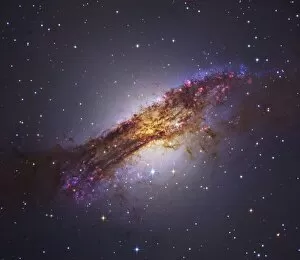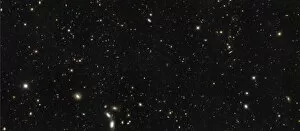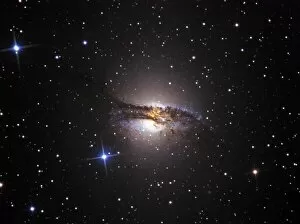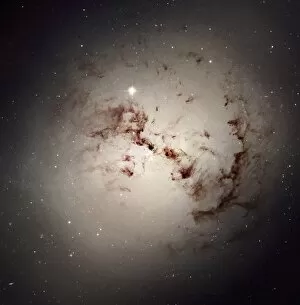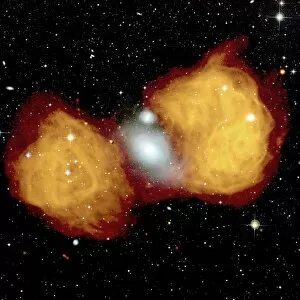Elliptical Galaxy Collection (#2)
The elliptical galaxy, a fascinating celestial phenomenon, is often overshadowed by its more popular counterparts
All Professionally Made to Order for Quick Shipping
The elliptical galaxy, a fascinating celestial phenomenon, is often overshadowed by its more popular counterparts. However, it holds its own unique charm and beauty in the vast expanse of the universe. A galactic light show unfolds within the spiral galaxy NGC 4258, captivating our imagination with its mesmerizing display. Meanwhile, NGC 4565 stands tall as an edge-on barred spiral galaxy in the constellation Coma Berenices, showcasing its elegant structure against the backdrop of infinite space. One cannot help but ponder upon the predicted collision between two cosmic giants - Andromeda galaxy and Milky Way. As these colossal entities approach each other, their gravitational dance promises to reshape our understanding of galaxies forever. Within Andromeda's boundaries lies a treasure trove of knowledge - an older stellar population adorned in shades of blue. This optical photo reveals not only Andromeda's grandeur but also unveils its satellites that orbit around this majestic entity. In awe-inspiring comparisons, we witness IC 1101 emerge as the largest known galaxy amidst a sea of others. Its sheer size leaves us humbled by nature's ability to create such immense structures. As we explore further into distant realms, The Andromeda Galaxy and Triangulum Galaxy grace our vision alongside dazzling star clusters. Their ethereal presence reminds us that even amidst darkness; there exists boundless beauty waiting to be discovered. Venturing deeper into space brings Messier 88 and Messier 91 into focus within Coma Berenices' constellation – celestial gems that captivate astronomers worldwide with their intricate details and enigmatic nature. An illustration depicting a supermassive black hole nestled at the heart of a dense galaxy evokes both wonder and curiosity about these mysterious cosmic phenomena lurking within unimaginable depths. A selection of galaxies presented on equal scales allows us to appreciate their diversity while marveling at their shared existence in this vast cosmic tapestry.

